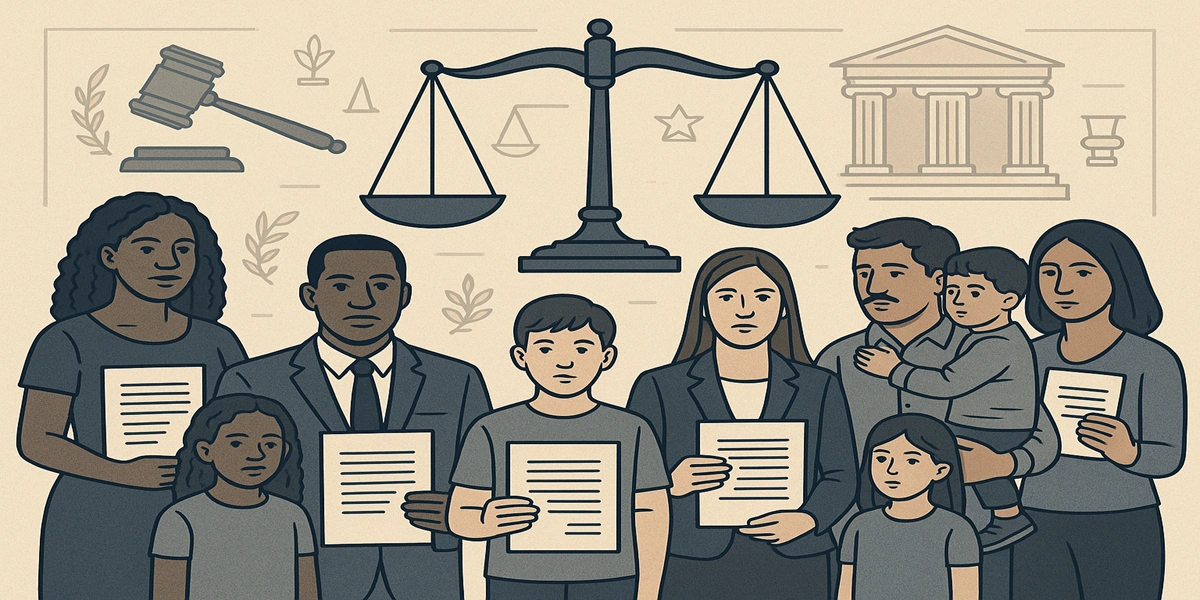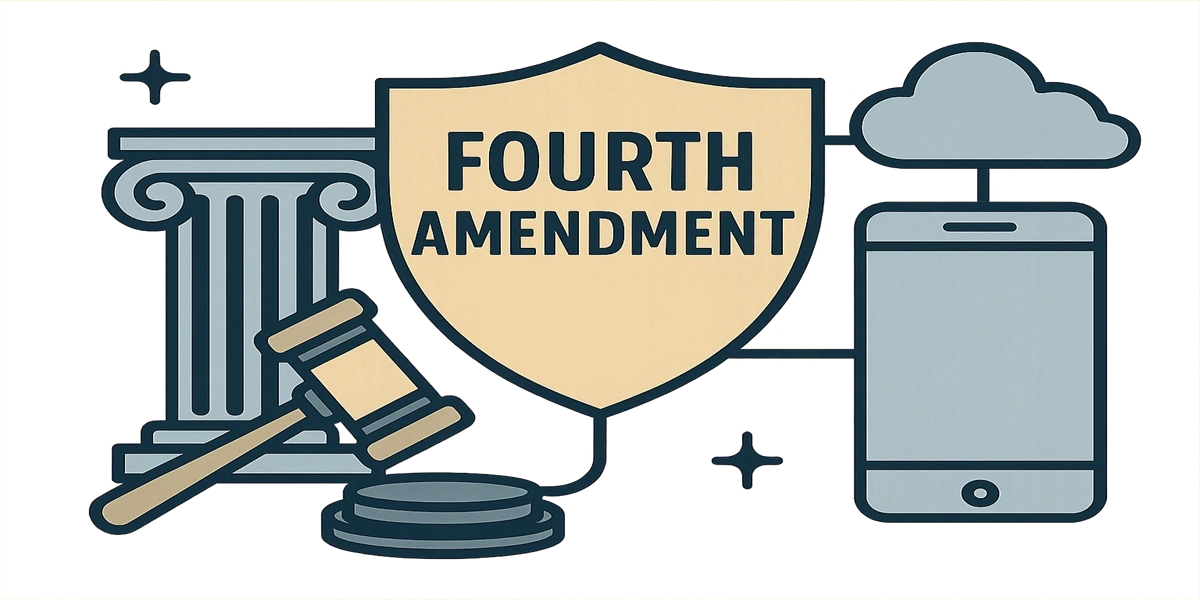First Amendment: In the vibrant tapestry of American democracy, few expressions are as direct and personal as a political sign proudly displayed in a yard or window. As election seasons heat up and civic discussions unfold, you might wonder: “Just how much protection does that humble sign have?” The answer, unequivocally, is a lot! Political signs are indeed a form of speech strongly protected by the First Amendment.
But it’s not a free-for-all. While the First Amendment safeguards your right to express your political views, local governments do have some ability to regulate signs. The key lies in understanding the nuances of these protections and the limits on governmental power.
The First Amendment: The Bedrock of Free Expression
To truly grasp the protection afforded to political signs, we must first delve into the essence of the First Amendment to the U.S. Constitution. Ratified on December 15, 1791, as part of the Bill of Rights, it stands as a cornerstone of individual liberties, ensuring citizens can express themselves without undue government interference.
The relevant part for our discussion states: “Congress shall make no law… abridging the freedom of speech, or of the press; or the right of the people peaceably to assemble, and to petition the Government for a redress of grievances.”
Key Facets of First Amendment Protection for Political Speech:
- Broad Definition of “Speech”: The term “speech” isn’t limited to spoken words. It encompasses a vast array of expressive conduct, including symbols, images, and, crucially, written messages on signs.
- Core Political Speech: Political speech, especially that related to elections and public discourse, is considered to be at the “apex of the hierarchy of speech values” protected by the First Amendment. This means it receives the highest level of judicial scrutiny when challenged.
- Protection Against Government Interference: The First Amendment primarily restricts government actions. It generally doesn’t apply to private entities (like homeowners’ associations, though some state laws may offer protection there).
When Can the Government Regulate Political Signs? Understanding the Standards
While political signs enjoy robust protection, municipalities can impose certain regulations. However, these regulations must adhere to strict constitutional standards to be deemed permissible. The Supreme Court distinguishes between two main types of speech regulations:
1. Content-Based Restrictions (Strict Scrutiny)
A regulation is “content-based” if it treats signs differently based on the message they convey. For example, an ordinance that allows “For Sale” signs but bans “political campaign” signs would be content-based. These restrictions are presumed unconstitutional and are subject to the highest level of judicial review, known as “strict scrutiny.”
To survive strict scrutiny, the government must prove two things:
- Compelling Government Interest: The regulation must serve a genuinely vital or “compelling” government interest (e.g., public safety, but rarely aesthetics alone).
- Narrowly Tailored: The regulation must be the least restrictive means to achieve that compelling interest. It cannot be overbroad or suppress more speech than necessary.
The Landmark Case: Reed v. Town of Gilbert (2015)
This Supreme Court case was a game-changer. The Town of Gilbert, Arizona, had a sign code that regulated different types of signs (e.g., “ideological signs,” “political signs,” “temporary directional signs”) with varying restrictions on size, duration, and placement. The Court unanimously ruled that this ordinance was content-based because it treated signs differently based on their message. Even if the town’s intent wasn’t to suppress a particular viewpoint, the differential treatment of messages triggered strict scrutiny, which the ordinance failed to meet.
2. Content-Neutral Restrictions (Intermediate Scrutiny)
A regulation is “content-neutral” if it applies to all signs equally, regardless of their message. These are often referred to as “time, place, and manner” restrictions. Examples include limits on the size of signs, setbacks from property lines, or prohibitions on obstructing traffic visibility.
Content-neutral regulations are subject to a less rigorous standard, often called “intermediate scrutiny.” To be constitutional, they must:
- Serve a Significant Government Interest: The regulation must further a “significant” or “substantial” government interest (e.g., traffic safety, aesthetics, preventing visual clutter).
- Be Narrowly Tailored: The regulation must be designed to achieve that interest without unnecessarily burdening speech.
- Leave Open Ample Alternative Channels for Communication: There must still be other reasonable ways for individuals to convey their message.
The Precedent-Setting Case: City of Ladue v. Gilleo (1994)
In this case, a resident of Ladue, Missouri, Margaret Gilleo, displayed a “For Peace in the Gulf” sign in her window. The city had an ordinance banning almost all residential signs to minimize visual clutter. The Supreme Court unanimously struck down the ordinance, finding that even if it was content-neutral, it almost completely foreclosed an important and distinct medium of expression for political, religious, or personal messages. The Court emphasized the unique importance of displaying a sign from one’s own home as a powerful and inexpensive means of communication with neighbors.
| Type of Regulation | Description | Judicial Scrutiny | Government Burden to Uphold | Key Court Case Example |
| Content-Based | Regulates signs based on their message or topic (e.g., political vs. commercial) | Strict Scrutiny | Must serve a compelling government interest and be narrowly tailored to achieve that interest (least restrictive means). Presumed unconstitutional and rarely survive. | Reed v. Town of Gilbert (2015) |
| Content-Neutral | Regulates signs without regard to their message (e.g., size, placement) | Intermediate Scrutiny | Must serve a significant or substantial government interest, be narrowly tailored, and leave open ample alternative channels for communication. More likely to be upheld if reasonable. | City of Ladue v. Gilleo (1994) |
| Viewpoint-Based | Regulates signs based on a specific opinion or stance (e.g., allowing “Vote Yes” but not “Vote No”) | Strict Scrutiny | An extreme form of content-based regulation. Almost always unconstitutional as it directly aims to suppress specific ideas. | Generally considered unconstitutional |
Unique Aspects of the First Amendment and Political Signage
- Home as a Forum for Speech: The Supreme Court has recognized the special significance of one’s own property as a unique and important forum for expressing political and personal messages. This makes restrictions on residential signs particularly scrutinized.
- Cost-Effective Communication: For many, yard signs are an incredibly accessible and affordable way to participate in political discourse, especially for those who lack resources for broader advertising. Limiting this avenue can disproportionately impact free speech.
- Identifying the Speaker: A sign on private property readily identifies the “speaker” – the homeowner – in a way that other forms of communication might not, adding a distinct layer of personal endorsement and persuasive power.
What This Means for You
In essence, while your local government can set reasonable, content-neutral rules about things like the size or placement of your political signs (e.g., keeping them out of the public right-of-way, ensuring they don’t obstruct traffic safety), they generally cannot:
- Ban political signs outright.
- Treat political signs differently from other types of signs based on their content or message.
- Impose arbitrary durational limits that specifically target political signs in a discriminatory way.
If you believe your First Amendment rights regarding political signage are being violated, it’s always advisable to consult with legal counsel specializing in constitutional law.
What is a first amendment audit?
A First Amendment audit is when someone records video or takes photos in public places to test whether government officials respect their First Amendment rights, especially freedom of speech and freedom of the press.
Example: A person might film outside a police station or government building to see if they are allowed to do it without being harassed or stopped.
It’s a way to hold public officials accountable and make sure they respect people’s rights in public spaces.
Read also: Does the UK have the Romeo and Juliet law






